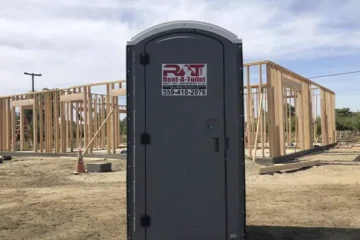What is the success rate of varicose vein treatment?

Varicose veins, a common vascular condition affecting millions worldwide, often provoke discomfort and aesthetic concerns in affected individuals. With advancements in medical technology, various treatment modalities have emerged to address this condition. Among the plethora of questions that arise when considering varicose vein treatment, two stand out prominently: What is the success rate of varicose vein treatment? and How much does varicose vein treatment cost? In this article, we delve into these queries, providing insights into the efficacy and financial aspects of varicose vein treatment.
Understanding Varicose Veins and Treatment Options
Before delving into success rates and costs, it’s crucial to grasp the nature of varicose veins and the available treatment options. Varicose veins occur when the valves within the veins malfunction, leading to the pooling of blood and subsequent bulging of the vessel. While often benign, varicose veins can cause discomfort, pain, and complications if left untreated.
Treatment options for varicose veins encompass both conservative measures and interventional procedures. Conservative approaches include lifestyle modifications, compression stockings, and elevation of the legs to alleviate symptoms. However, for individuals seeking more definitive solutions, various medical interventions are available, including endovenous thermal ablation, sclerotherapy, and phlebectomy.
Success Rate of Varicose Vein Treatment
One of the primary concerns for individuals contemplating varicose vein treatment is the success rate of such interventions. Success in this context typically refers to the reduction in symptoms, improvement in appearance, and prevention of complications associated with varicose veins.
Studies evaluating the efficacy of varicose vein treatments have shown promising outcomes. Endovenous thermal ablation, a minimally invasive procedure involving the use of heat energy to seal the affected vein, has demonstrated high success rates in symptom relief and cosmetic improvement. Similarly, sclerotherapy, which involves injecting a solution into the vein to cause it to collapse and fade, has shown favorable results, particularly for smaller varicose veins and spider veins.
The success rate of varicose vein treatment may vary depending on various factors, including the severity of the condition, the chosen treatment modality, the expertise of the healthcare provider, and individual patient characteristics. While success rates are generally high, it’s essential for patients to have realistic expectations and engage in thorough discussions with their healthcare providers regarding anticipated outcomes.
Cost of Varicose Vein Treatment
In addition to efficacy, the cost of varicose vein treatment is a significant consideration for many individuals. The cost varies widely depending on several factors, including the type of treatment, geographical location, healthcare facility, insurance coverage, and any additional services or consultations required.
Endovenous thermal ablation, being a more advanced and specialized procedure, tends to be more expensive compared to sclerotherapy or conservative measures. The cost of varicose vein treatment may include physician fees, facility charges, anesthesia fees, pre-operative assessments, post-operative care, and the cost of compression garments or medications.
On average, the cost of varicose vein treatment in the United States ranges from several hundred to several thousand dollars per session, with total expenses potentially exceeding several thousand dollars for comprehensive treatment. However, it’s important to note that cost should not be the sole determinant in choosing a treatment option, as factors such as efficacy, safety, and long-term outcomes should also be carefully considered.
Conclusion
In conclusion, varicose vein treatment offers effective solutions for individuals seeking relief from symptoms and improvement in the appearance of affected veins. While success rates are generally high, they may vary depending on multiple factors. Similarly, the cost of varicose vein treatment can vary significantly, necessitating careful consideration and financial planning.
Ultimately, individuals considering varicose vein treatment should consult with qualified healthcare professionals to assess their specific needs, explore treatment options, and weigh the benefits against the costs. By making informed decisions and actively participating in their care, patients can achieve optimal outcomes in managing varicose veins and improving their overall quality of life.
Leave a reply
You must be logged in to post a comment.











